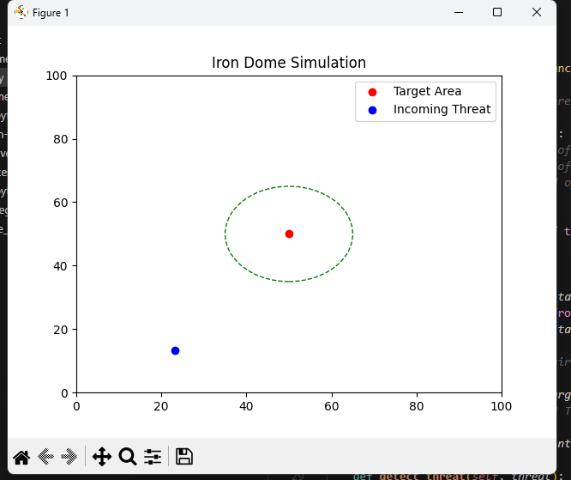Simplify Image Uploads: Creating a Generic Image Function in Laravel 10
Read More

.png)
OpenAI has released its long-awaited AI model, previously code-named "Strawberry," now officially named OpenAI o1-preview. This is the first of a planned line of AI reasoning models meant to address challenging issues in domains like coding, science, and math. This release, which will be available starting on September 12th, marks a substantial improvement in AI capabilities by emphasizing deeper reasoning and strategic thinking to solve problems that were previously beyond the capabilities of older models like GPT-4o.
The OpenAI o1 model series is built to "think" more like a human, spending extra time processing problems before responding. Through extensive training, these models learn to refine their thinking processes, experiment with different strategies, and recognize their mistakes. This enables them to excel in complex domains such as physics, chemistry, biology, and coding.
While ChatGPT 4o is more capable in handling general conversational tasks and remains superior for typical use cases like browsing the web, the OpenAI o1 model is specifically designed for complex reasoning tasks. Unlike GPT-4o, which primarily generates coherent text, o1 focuses on solving hard problems by employing strategic reasoning and in-depth analysis. This makes o1 particularly suitable for specialized fields such as quantum optics, cell sequencing, and multi-step coding workflows.
OpenAI has implemented a new safety training approach for o1, leveraging its reasoning capabilities to better adhere to AI safety guidelines. By reasoning about safety rules in context, o1 can more effectively prevent harmful or inappropriate outputs.
The advanced reasoning capabilities of OpenAI o1 make it ideal for professionals and researchers dealing with highly specialized and complex problems in fields like science, healthcare, quantum physics, and software development. For instance:
As part of its commitment to continuous improvement, OpenAI plans to release regular updates to the o1 model series. Future enhancements will continue to push the boundaries of AI reasoning and problem-solving capabilities, reinforcing OpenAI’s position at the forefront of AI development. Stay updated with the latest news and developments by following OpenAI's blog.
By resetting the series count to 1 and launching the OpenAI o1 series, OpenAI signals a new chapter in AI, where deep reasoning, complex problem-solving, and safety are at the core of its advancements. As these models evolve, they will play a critical role in enabling breakthroughs across various scientific, mathematical, and technological domains.
Recent posts form our Blog
.png)
.png)
.png)

.png)

0 Comments
Like 0